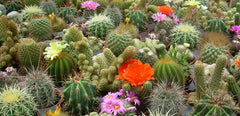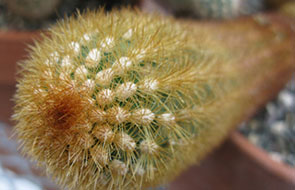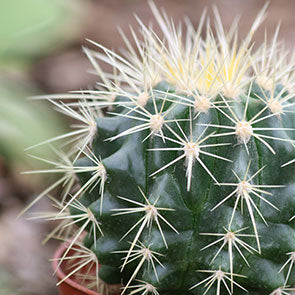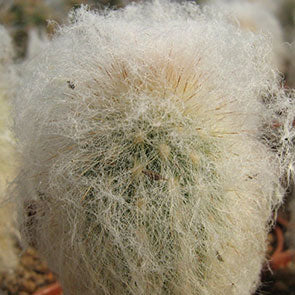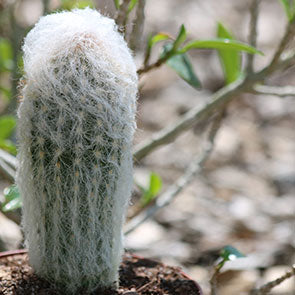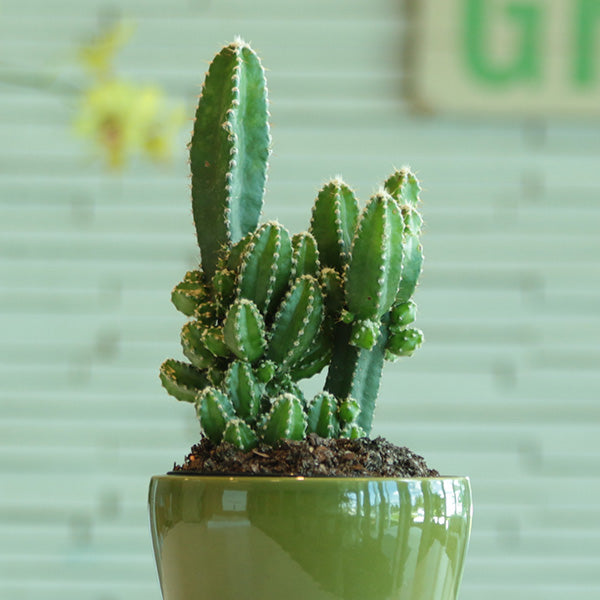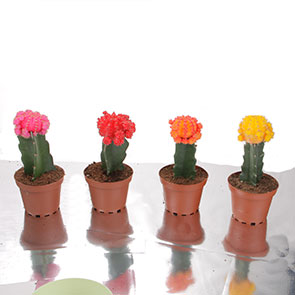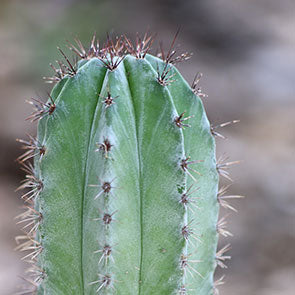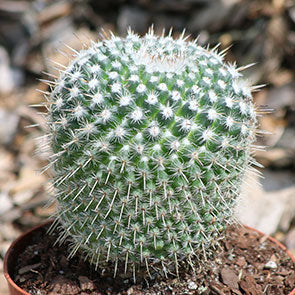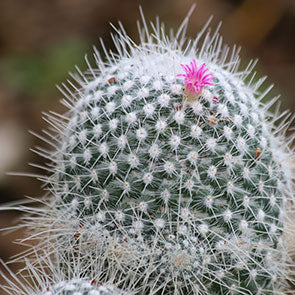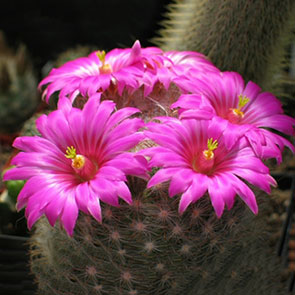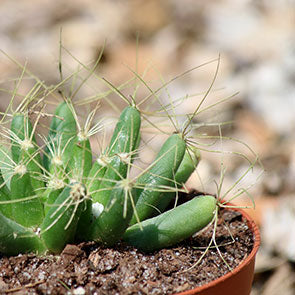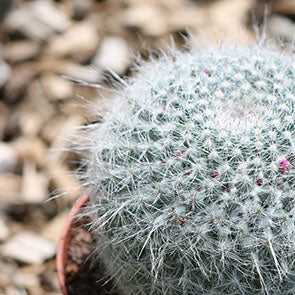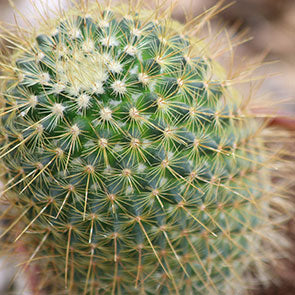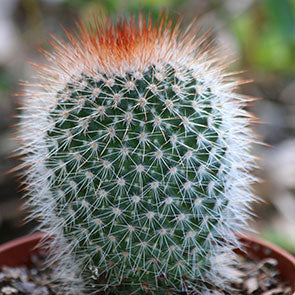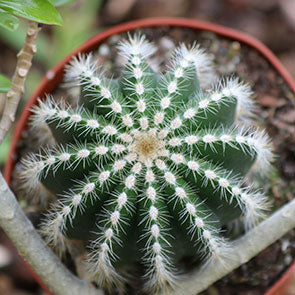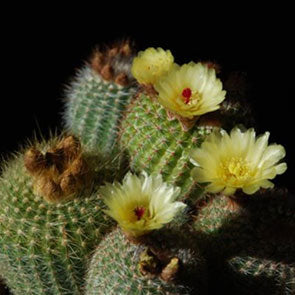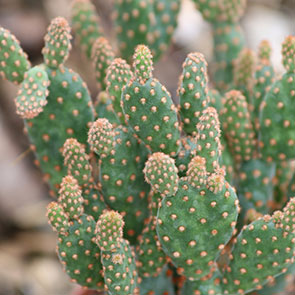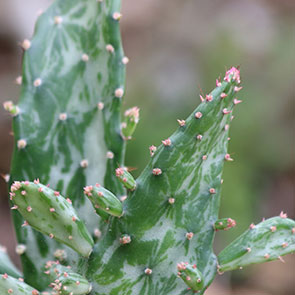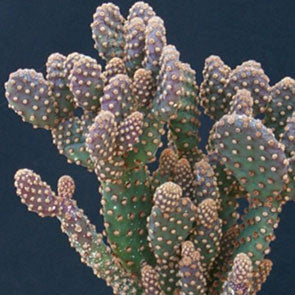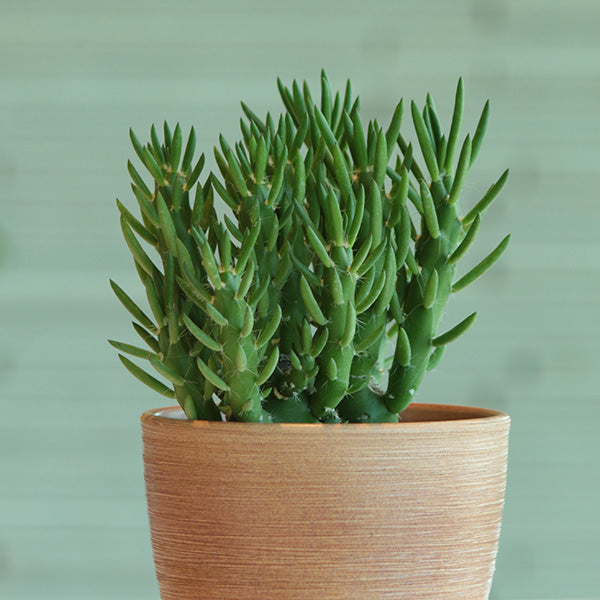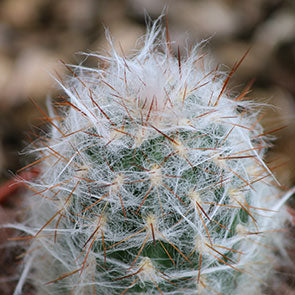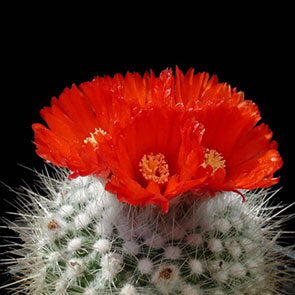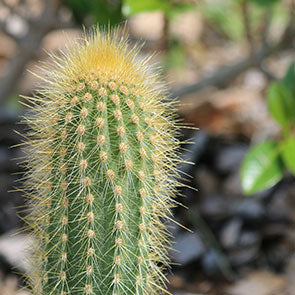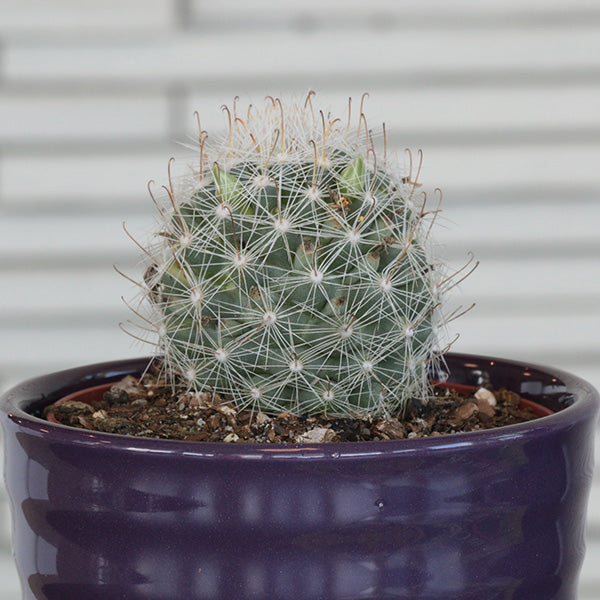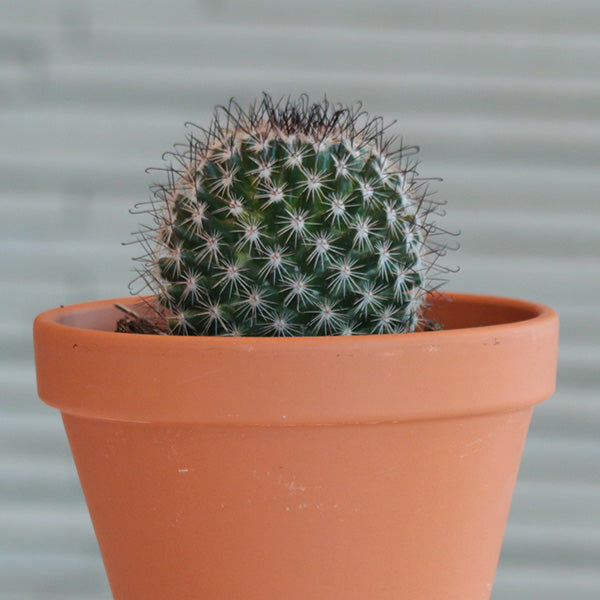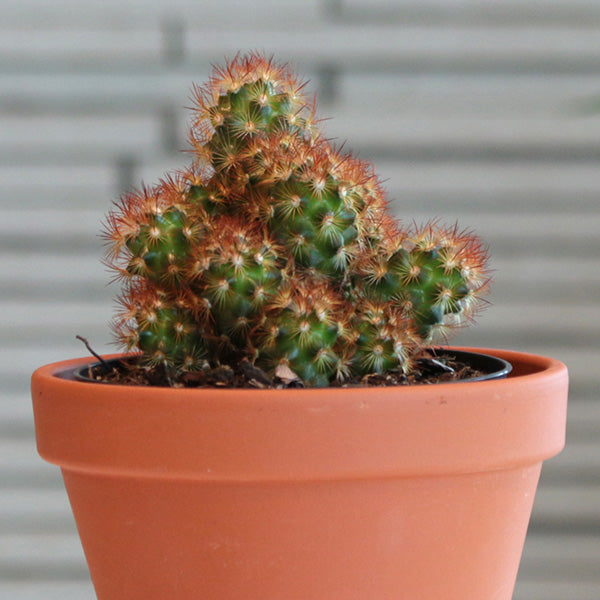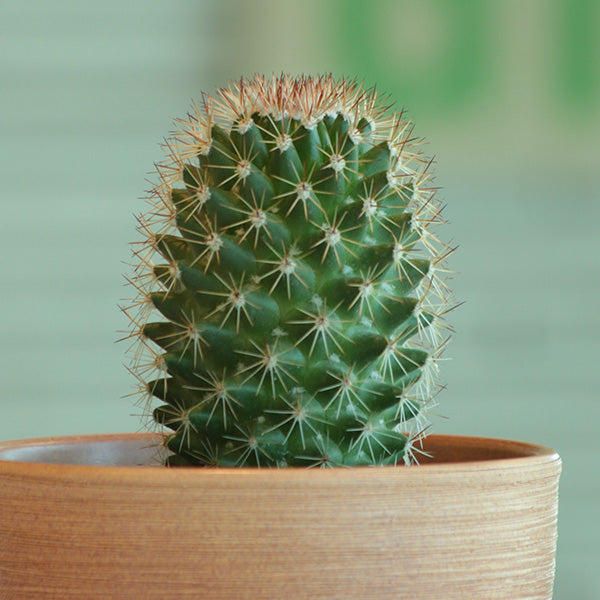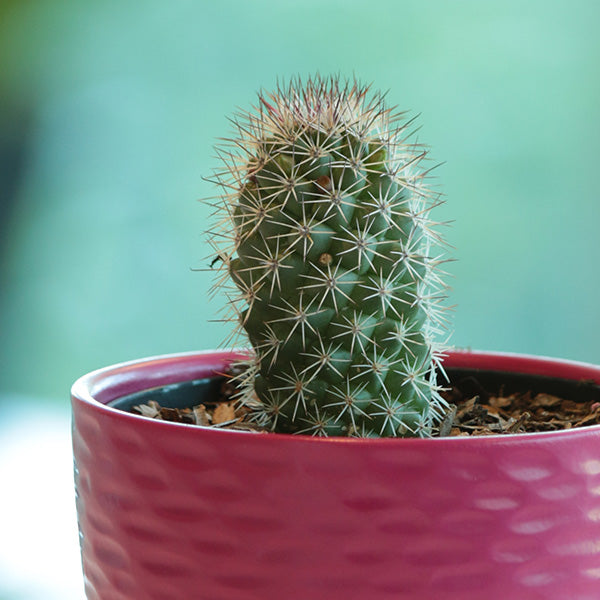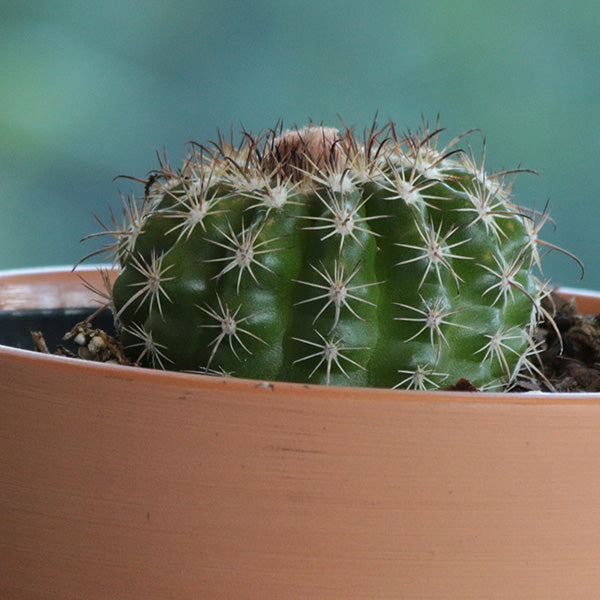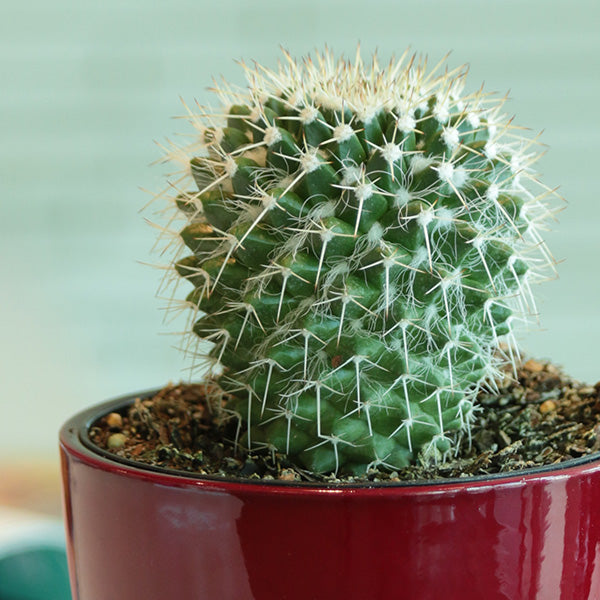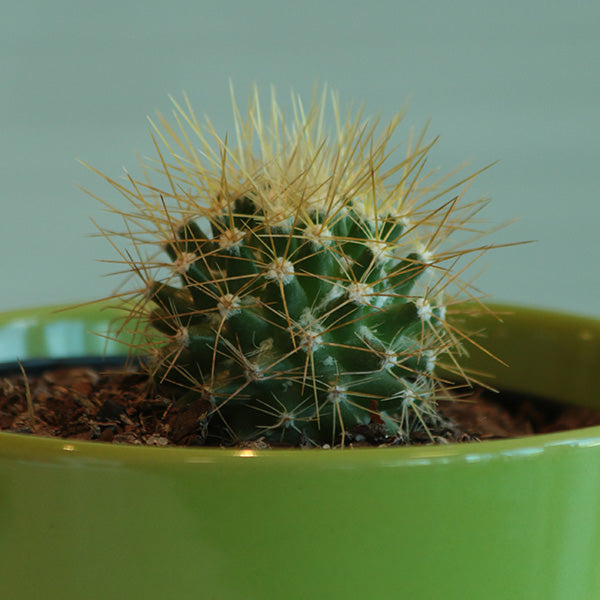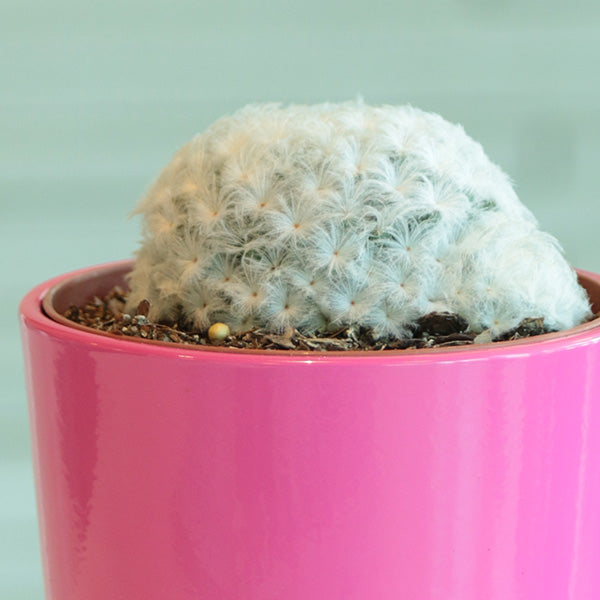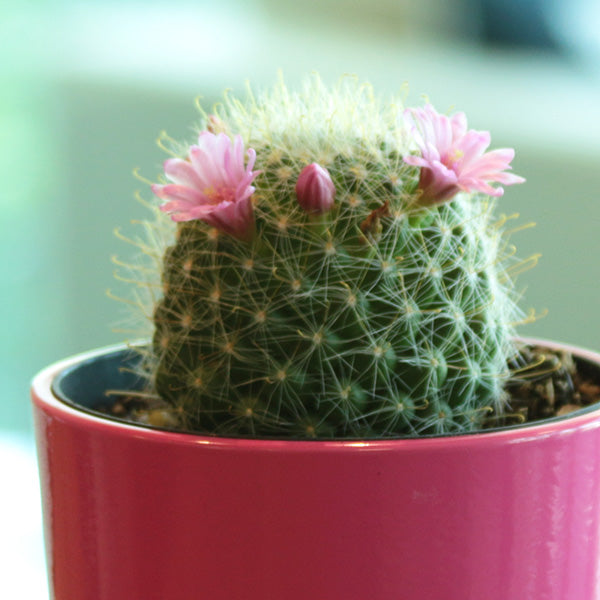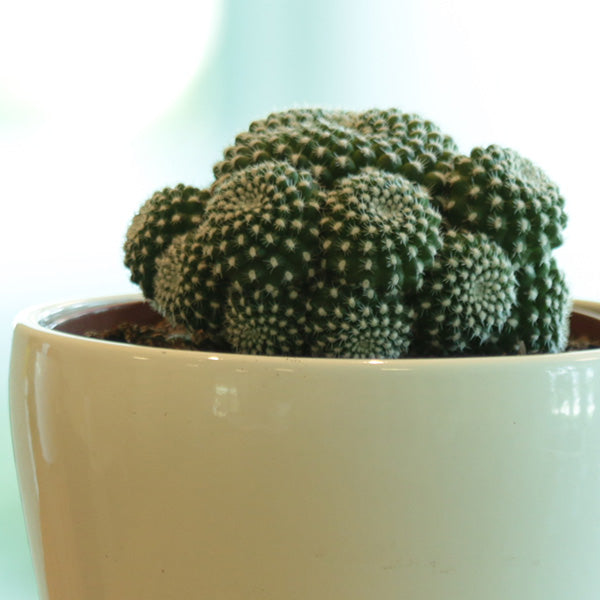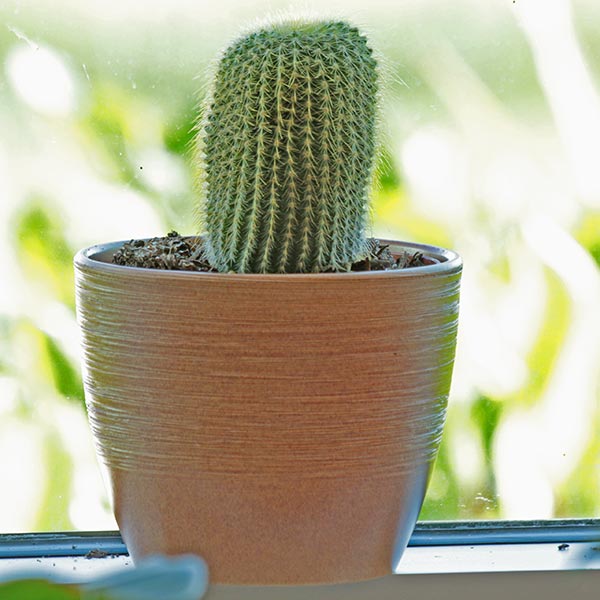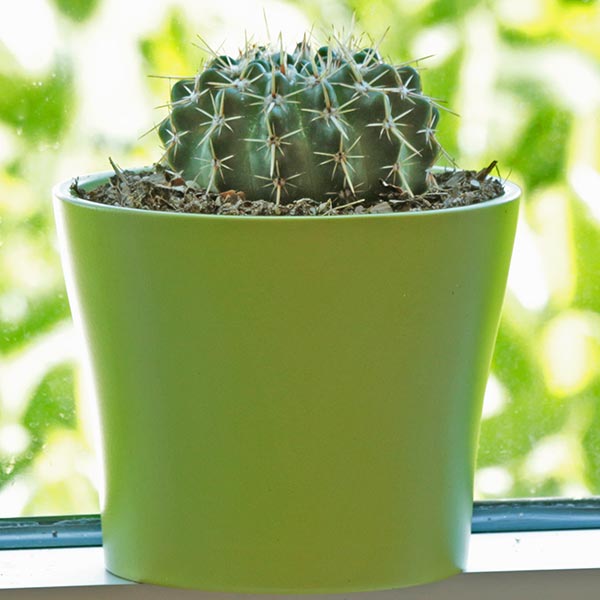Cactus (Various)
Cactus Plant Features
Looking for a plant you don't have to water much? A cactus might be your answer! Most cacti come from dryland areas and are used to being able to survive weeks without rainfall. Cactus houseplants have that same characteristic: Just give cacti a bright, sunny spot and you can enjoy the easy-care houseplants without a lot of tending.
There's a wide variety of cacti to grow; they offer a plethora of shapes, colors, and sizes so you can find one that suits your personality and decor style. If they get enough light, many will bloom, producing cheery flowers in white, pink, red, orange, yellow, or purple. Some of the more common groups of cacti include Cereus, Echinocactus, Espostoa, Ferocactus, Mammillaria, Notocactus, Opuntia, Parodia, Pilosocereus, and Rebutia.
Make the most of your cactus houseplants by planting them in containers that accent the plants' rich colors, shapes, or textures. And by grouping several different cacti together in a windowsill or tabletop, you can create a mini desert escape! In addition to being good houseplants, most cacti are also good plants for offices as they don't need natural light. Lots of artificial light is just fine!
Just drop our experts an email and someone will get back to you
Want to Buy Costa Farms Cactus?Look for our plants at your favorite local retailer or online!
Cactus Growing Instructions
The best place for most cactus houseplants is a warm, bright spot. These sun-lovers do best when they get lots of direct light.Wondering how much to water cacti? In general, you can water most types once every two or three weeks or so. If in doubt, it's usually best to water too little; cacti can rot if they stay too moist.
Most cactus houseplants are slow growers and don't really need much fertilizer. Just a couple of times per year will do. But if you want to fertilize your cactus regularly, do so in spring and summer with a general-purpose fertilizer formulated for use on houseplants. Follow the directions on the packaging.
Because they're slow growers, you typically don't have to worry about pruning cacti.
Note: Many cacti are prickly to the touch and are not intended for human or animal consumption.
-
Water
Low water needs
-
Light
Indoors: High light
Outside: Sun
-
Colors
Blue
Green
Orange
Pink
Purple
Red
Silver
Variegated
White
Yellow
-
Special Features
Super-easy to grow
Complement your Cactus
Crested EuphorbiaCrested euphorbia makes for an elegant accent to most types of cactus.
Succulents
Most succulents look and grow fantastically well with cactus.
Rosary Vine
Easy-to-grow rosary vine likes similar conditions to houseplant cactus varieties and trails from baskets of cacti.
